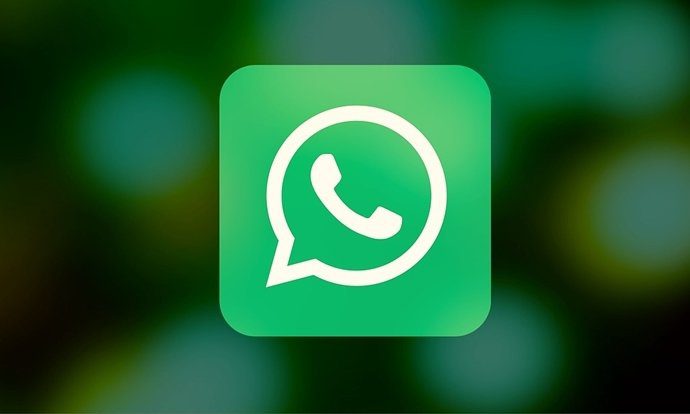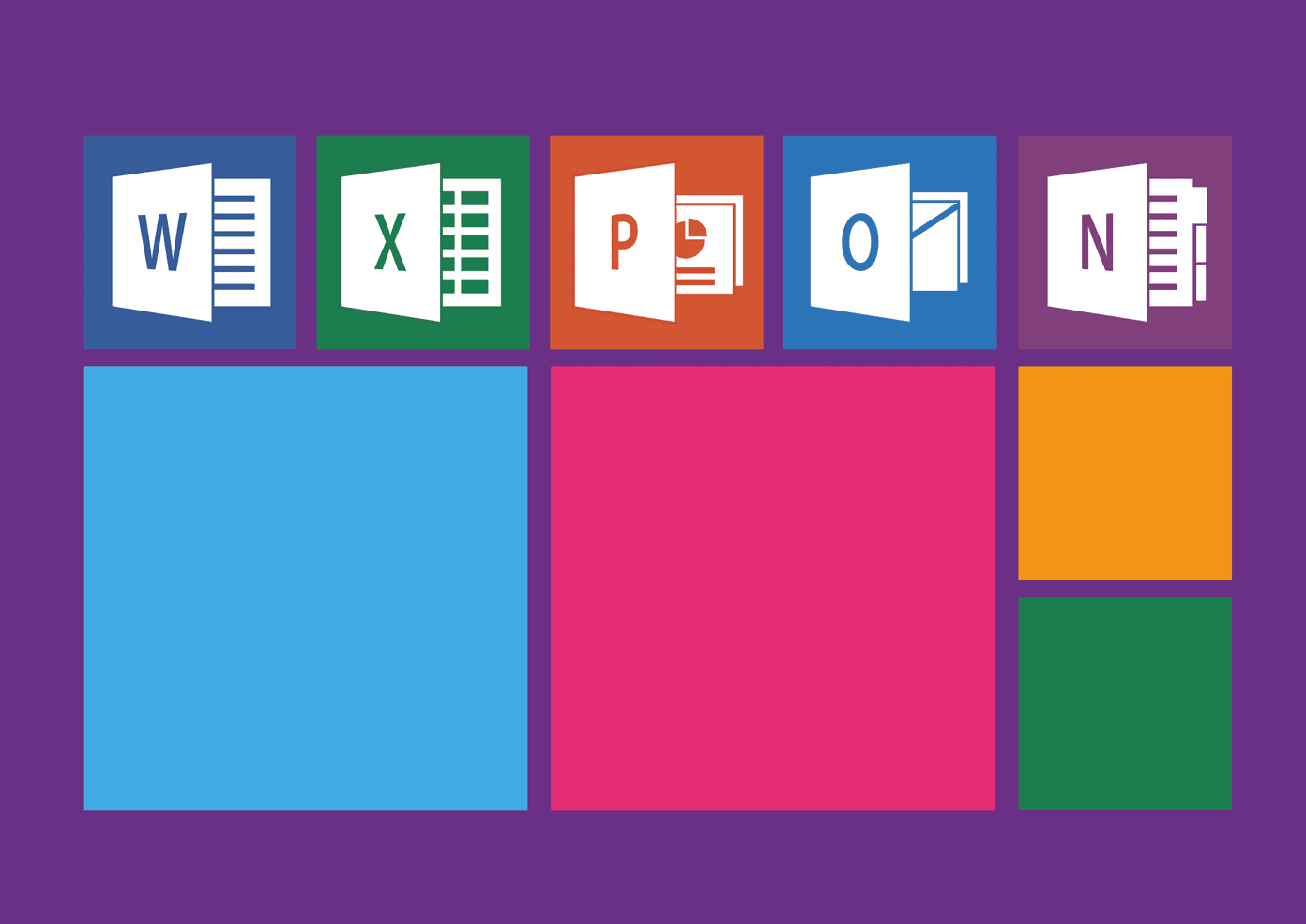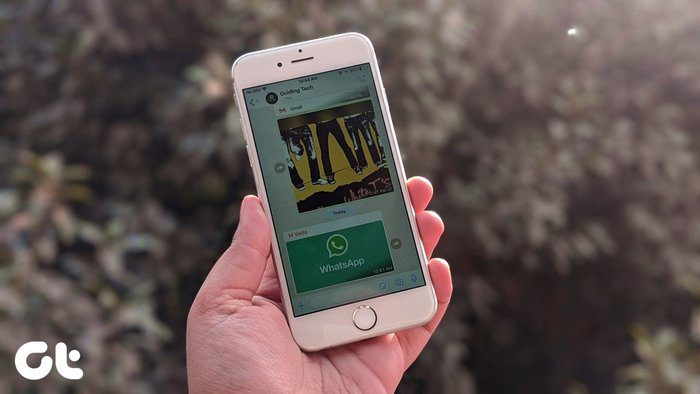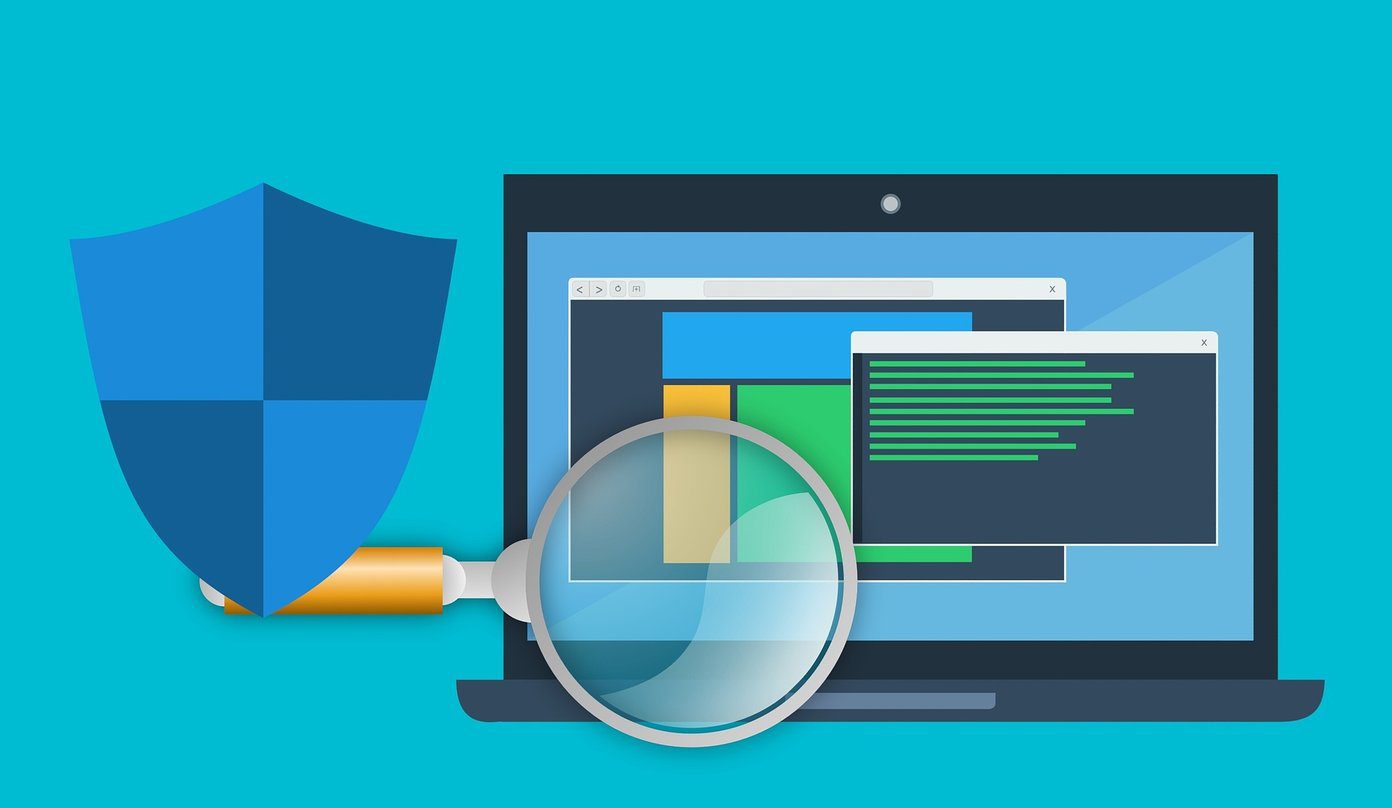Well, that’s the basic idea behind Li-Fi. Let’s explore this in some detail.
An Accident Started Wi-Fi
Not many have heard of the name Dr. John O’ Sullivan, but this Aussie scientist was experimenting on a technology to detect exploding mini black holes in the 80’s. Not much came of it, but in the early 90’s a failed experiment lead to the early formative years of Wi-Fi. It was certainly amazing at that time, but we’ve seen how quickly technology has moved. And now only a couple of decades later, we feel that Wi-Fi isn’t all that fast. The inherent problem with this is that data is still going through radio waves and it’s not terribly secure either.
Li-Fi: It Sounds…Crazy!
But, what if instead of using radio waves and only a marginal bandwidth of that frequency, we make use of light? Light as a source to emit data and receive it too? Sure, said Harald Haas. His TED talk in 2001 elaborates exactly what this type of technology can do and some audience members were naturally apprehensive about it. Haas clearly explains how LED bulbs can be used to transmit data and a receiver can be placed to get that data. This can be used to either stream videos, play games, stay connected with social media and a dozen other things.
How Does it Work?
Built on a technology called Visible Light Communication (VLC), Li-Fi is an advanced form of Morse Code. Using light. And since light is everywhere and can be generated at no extra cost, we can already see a few advantages. Plus, it has a spectrum that is thousands of times more than that of radio frequency. All this will occur unbeknownst to us. The small changes in the light are not detectable by the human eye and this allows Li-Fi to be as discreet as it is omnipresent. What about security, you ask? Well, if you change the light source’s direction from a receiver to anywhere else, you essentially kill off the data supply. Let’s be clear, though, this is more of a system of delivering data from huge data centers to every household. Where and how your data is stored is still going to remain the same. But wouldn’t a speed of more than 1 GB per second excite you? How about hundreds of GBs per second? How about 1.5GB worth of a movie downloading in just one second? If that doesn’t get you excited enough to fall off a chair and start jumping around, I don’t know what will.
It’s Coming Soon
So why is all the excitement coming in only now even though it’s been known to the world since 2011? Well, because it’s not a Science experiment anymore. It has been tested and it works. It’s still early days, though, but we’re hoping this gets worldwide roll-outs soon. How about you? Join us with your comments in our forum. The above article may contain affiliate links which help support Guiding Tech. However, it does not affect our editorial integrity. The content remains unbiased and authentic.






![]()





